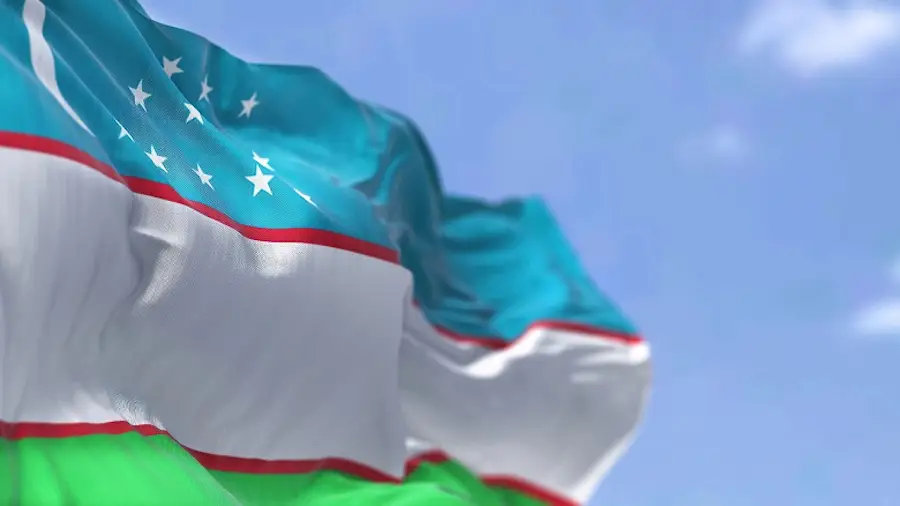When the Carnation Revolution broke out in Portugal, on April 25, 1974, putting an end to the dictatorial period in the European country, Brazilian Ruy Castro was one of the few foreign journalists who, in Lisbon, managed to cover the movement.
“Early in the morning, before 7 am”, a friend of Castro, the Brazilian architect Norma Taulois, also a resident of Lisbon, called him.
“She told me to turn on the radio and they were only playing military marches, which in Brazil was synonymous with a coup d'état”, he laughs as he says.
When he turned on the radio, he realized that “it was exactly that, it could only be a scam”.
“At that time, there was a threat of a coup from the extreme right, led by a general called Kaúlza de Arriaga”, a faithful collaborator of the dictators Antonio Salazar and Marcello Caetano, and a crucial figure in stopping the attempted coup d'état of April 1961 .
“It was too early to call anyone and confirm what was happening, so I had breakfast and went to work,” he recalls.
Ruy Castro had left Rio de Janeiro for Lisbon in January 1973, to become executive editor of Seleções, of Reader's Digest, “a Brazilian magazine that, for tax reasons, started to be published in Portugal”.
He was 26 years old when he arrived in the Portuguese capital, bringing with him his wife and two-year-old daughter, Pilar.
“We went to live in Campo de Ourique, at the time almost a suburb [risos]. Seleções was nearby, on Rua Manuel António de Aguiar, in front of the Ritz and, in the Ritz gallery, right in front of our door, was the commercial office of Manchete”, the magazine he had left in Rio to work in Lisbon .
Deserted streets and carnations
When he left home to go to work that morning of April 25, 1974, Ruy Castro remembers that “the streets were deserted”.
“There were no taxis, so I walked to the Seleções newsroom, which was also empty. In the distance, I saw a tank pass by, I think it was through Amoreiras. When I arrived at the office, almost close to Marquês de Pombal, the building was closed. So I went to Marquês de Pombal, where there was already a large concentration”, he points out.
At around 9 am, “it was already known that the captains and majors were deposing the government”. At around 10 am, “at the latest, an edition of República came out, an afternoon edition by the socialist Raul Rêgo, a great victim of Salazarism”, already with a printed mark of the revolution.
“At the bottom of the first page, the traditional censorship board was there, but this time it had written 'This newspaper WAS NOT targeted by censorship'. Soon after, someone stuck a carnation in my lapel. Suddenly, there were a lot of people with blackheads. It was exciting. I spent the rest of the day on the street, in Camões, Carmo, wherever I was, to see the people's reaction. It was glorious”, he highlights.
At a table of conspirators
Sitting a table away from the conspirators, Ruy Castro was one of the few foreign journalists working in Portugal.
He wanted to write about what was happening, but the exclusive contract with Seleções, “which, due to its editorial orientation, would not address the subject”, prevented him.
“I couldn’t write about political events, much less sign the texts. But I also couldn’t limit myself to watching the revolution through the window, next to a rosemary plant,” she said.
Therefore, the next day, he decided to go to the editorial offices of Manchete magazine to ask the then director, Maria do Amparo, to offer his “old friends at the magazine” articles signed as “Da Sucursal de Lisboa”, a branch that did not exist.
Rio's response arrived immediately. “I started in that same edition, with an account entitled 'Lisbon's longest day', by someone who was already in the city that day. On April 25, I was the only Brazilian journalist present. And, with borders closed by the MFA [Movimento das Forças Armadas]no one entered until the 28th”, he reports.
“I and the few foreign correspondents who already lived in the city and who had Pabe as a meeting point, on Rua Duque de Palmela, in front of Expresso, were privileged for this”, he adds.
It was only from April 28th that “everyone started to arrive”, including Mário Soares, the first political exile to return to Portugal.
“One or two months later”, Ruy Castro sent to Brazil “the first work on Othello [Saraiva de Carvalho]which until then was somewhat hidden”, recalls the journalist.
Years later, when reading Othello's memoirs, 'Dawn in April', the journalist discovered that one of the places of conspiracy of the future MFA, since the end of 1973, was the Apolo 70 snack bar, on Saturday nights – exactly the snack bar he frequented before movie screenings, at midnight on Saturdays, with classic American film festivals. “I would arrive early and have a whiskey at the snack bar, waiting for the movie. In other words, I may have been at the table of Othello and his conspiring companions several times!”
During the next six months, Ruy Castro sent “excited” weekly works to Manchete, until the magazine's owner, Adolpho Bloch, realized that “the new regime [democrático] it was harming their business in Portugal.”
His work, always anonymous to readers, was dismissed there, when the Brazilian magazine “started a sordid campaign against the MFA”, he says.
“Okay, I was from Seleções and I stayed at Seleções. And in August 1975 we returned to Rio, because my idea, from the beginning, was to stay out of Brazil for a maximum of three years”, he highlights.
Meanwhile, daughter Pilar already had a younger sister, Bianca, born in Lisbon in August 1974, according to her father, “a true daughter of the 25th of April” who, decades later, at the turn of the millennium, “after becoming degree in architecture, he moved to Lisbon, where he is today and where he has given me two Portuguese grandchildren, João Ruy and Teresa”.
Find out more about the Carnation Revolution through this article.
See other reports from foreign correspondents about the Carnation Revolution through this article from CNN Portugal .
Source: CNN Brasil
Bruce Belcher is a seasoned author with over 5 years of experience in world news. He writes for online news websites and provides in-depth analysis on the world stock market. Bruce is known for his insightful perspectives and commitment to keeping the public informed.







